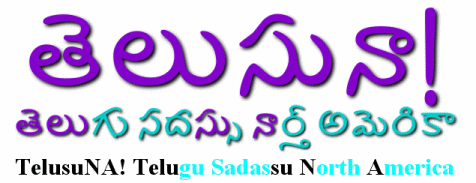


From Non-Returning Indian to Non-Responsible Indian to Nerve-Racking Indian, the term NRI has run a gamut of meanings, none of them very complimentary. When the first Indians set out in a significant, organised way to make a living abroad in the 19th century, few had imagined they would come to have such a profound influence on India. Not even when India’s most famous NRI, Mahatma Gandhi, returned home after 21 years in South Africa to lead India to freedom was the role of the NRI in domestic affairs acknowledged.
Since then, the term NRI has taken various avatars. NRIs don’t fit any one mould. There is the original NRI, who predates the term itself, who left his native Bhatinda or Bhavnagar to make a living in Birmingham or Boston. He is the one who left India, but India never left him. He’s the one who wakes up on the right side of the bed, does not wear footwear inside the house, and sends home a postcard every month although there’s only a great aunt left behind.
Then there is the first generation NRI, known in the US as the ABCD, or American-Born Confused Desi, with the acronym saying it all. His cousin-come-lately is the DCBA, Desi Confused by America, otherwise known as the FOB, Fresh of the Boat. Still others are DBAC, Desis Beyond Anyones Control, NRIs from remote desi outposts like Fiji and Surinam who are notionally Indian, using it more as a racial than a cultural or nationalistic term.
So there is no uniform NRI identity. An NRI could be someone whose great-grandfather migrated to South Africa in 1902 in search of work and to escape upper-caste oppression. Or he could be your cousin who went to the US recently to work on an off-shore project (a techno-coolie) and stayed on for a year on an extended work visa. The only qualification it seems is that he stayed away from India for over a year.
It is only in recent years, with the ease of travel and communication, and the relative safety of economic well-being that the older NRIs have begun to bridge the gap with India. Outfits such as GOPIO (Global Organisation for Persons of Indian Origin) are trying to bring together NRIs and PIOs from all over the world, while within the US, organisations are banding together under groups such as the Federation of Indian Associations. Despite this, there is an alphabet soup of organisations in existence, representing many Indian states, languages, castes and creeds, leading to familiar jokes about Indian divisiveness. The Telugus have two organisations that claim to represent all of the US (Telugu Association of North America and American Telugu Association). The Kannadigas have an outfit called AKKA, but judging by the shenanigans they accused each other of after their last convention in Detroit, there is no brotherly or sisterly love lost between them. Similarly, Bengalis, Oriyas, Tamilians, Gujaratis all co-exist in a colourful bedlam of pan-Indian identity.
While the older generation of NRIs organised themselves on the lines of culture, religion and politics, the younger generation not only tended to band together professionally to further their cause, but also adopted a South Asian identity. Thus there is SABA (South Asian Bar Association) and Saja (South Asian Journalists Association) and even a Salga (South Asian Gay and Lesbian Association). This is the future Indian diaspora, the NRI constituency which continues to remain NR, but is equally at ease with both its Indian and non-Indian identity.